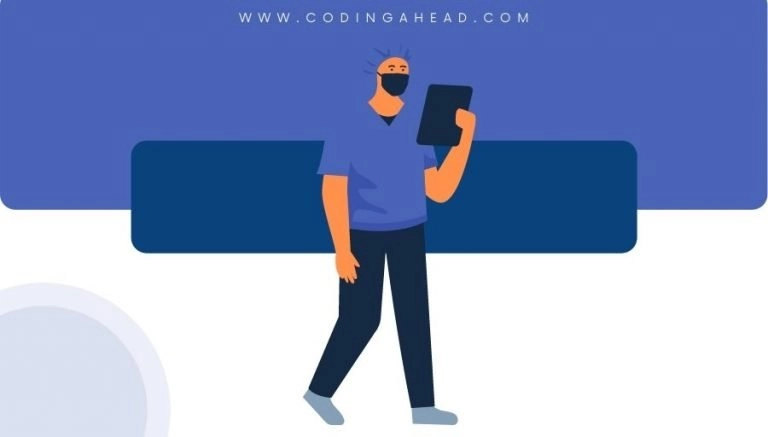How To Use CPT Code 95726
CPT 95726 describes the continuous recording, analysis, and interpretation of an electroencephalogram (EEG) by a physician or other qualified healthcare professional. This article will cover the description, procedure, qualifying circumstances, appropriate usage, documentation requirements, billing guidelines, historical information, similar codes and billing examples.
1. What is CPT Code 95726?
CPT 95726 is used to describe the complete study of an EEG, which involves continuous recording, analysis of spike and seizure detection, interpretation, and the preparation of a summary report. This code is specifically used when the EEG recording exceeds 84 hours and includes video monitoring (VEEG).
2. Official Description
The official description of CPT code 95726 is: ‘Electroencephalogram (EEG), continuous recording, physician or other qualified healthcare professional review of recorded events, analysis of spike and seizure detection, interpretation, and summary report, complete study; greater than 84 hours of EEG recording, with video (VEEG).’
3. Procedure
- The patient is positioned in a supine position.
- The EEG technologist attaches electrodes or sensors to the patient’s head.
- Wires connect the sensors to a computer, which records the electrical activity of the brain.
- The computer displays a graphical representation of the recorded events on a monitor or prints out the graphical recording.
- A video recording is obtained simultaneously with the EEG.
- The EEG recording continues for more than 84 hours.
- After the entire recording is completed, a physician or other qualified healthcare professional reviews the recorded events and analyzes spike and seizure detection.
- The provider interprets the findings and prepares a summary report.
4. Qualifying circumstances
CPT 95726 is used when the EEG recording exceeds 84 hours and includes video monitoring. This code is performed by a physician or other qualified healthcare professional who reviews the recorded events, analyzes spike and seizure detection, interprets the data, and prepares a summary report.
5. When to use CPT code 95726
CPT code 95726 should be used when a complete study of an EEG is performed, which includes continuous recording for more than 84 hours and video monitoring. This code is appropriate when a physician or other qualified healthcare professional reviews the recorded events, analyzes spike and seizure detection, interprets the data, and prepares a summary report.
6. Documentation requirements
To support a claim for CPT code 95726, the following documentation is required:
- Recorded events and analysis of spike and seizure detection
- Interpretation of the EEG data
- Summary report of the findings
7. Billing guidelines
When billing for CPT code 95726, ensure that the EEG recording exceeds 84 hours and includes video monitoring. The service should be performed by a physician or other qualified healthcare professional. It is important to follow the guidelines provided by the payer and use the appropriate modifiers if necessary.
8. Historical information
CPT code 95726 was added to the Current Procedural Terminology system on January 1, 2020. There have been no updates to the code since its addition.
9. Examples
- A physician reviewing the recorded events, analyzing spike and seizure detection, interpreting the EEG data, and preparing a summary report for a patient who underwent continuous EEG recording for more than 84 hours with video monitoring.
- Another qualified healthcare professional analyzing the recorded events, interpreting the EEG data, and preparing a summary report for a patient who had an EEG recording exceeding 84 hours with video monitoring.
- A physician reviewing the continuous EEG recording, analyzing spike and seizure detection, interpreting the data, and preparing a summary report for a patient who underwent more than 84 hours of EEG recording with video monitoring.
- A qualified healthcare professional analyzing the recorded events, interpreting the EEG data, and preparing a summary report for a patient who had a complete study of EEG with more than 84 hours of recording and video monitoring.
- A physician reviewing the continuous EEG recording, analyzing spike and seizure detection, interpreting the data, and preparing a summary report for a patient who underwent EEG monitoring exceeding 84 hours with video monitoring.
- Another qualified healthcare professional analyzing the recorded events, interpreting the EEG data, and preparing a summary report for a patient who had a complete study of EEG with more than 84 hours of recording and video monitoring.
- A physician reviewing the continuous EEG recording, analyzing spike and seizure detection, interpreting the data, and preparing a summary report for a patient who underwent more than 84 hours of EEG recording with video monitoring.
- A qualified healthcare professional analyzing the recorded events, interpreting the EEG data, and preparing a summary report for a patient who had a complete study of EEG with more than 84 hours of recording and video monitoring.
- A physician reviewing the continuous EEG recording, analyzing spike and seizure detection, interpreting the data, and preparing a summary report for a patient who underwent EEG monitoring exceeding 84 hours with video monitoring.
- Another qualified healthcare professional analyzing the recorded events, interpreting the EEG data, and preparing a summary report for a patient who had a complete study of EEG with more than 84 hours of recording and video monitoring.


